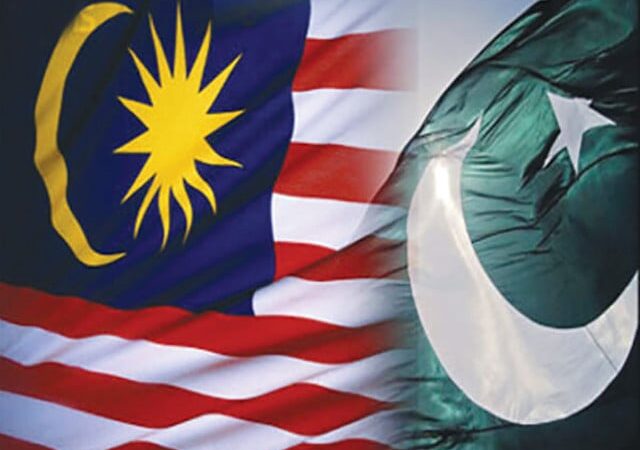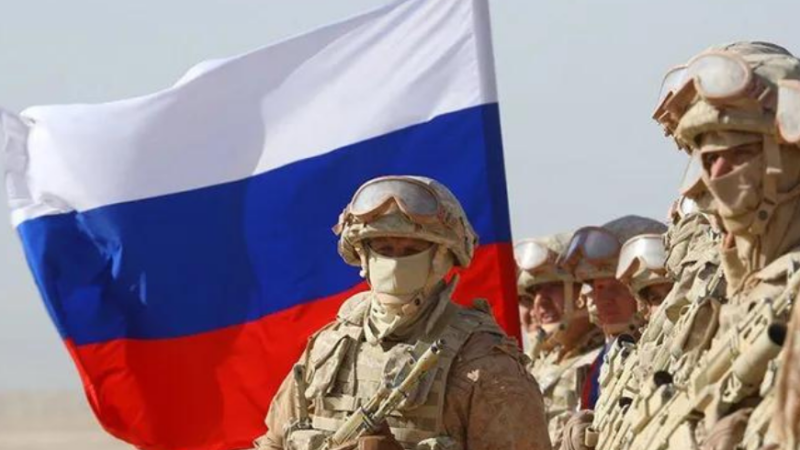## Freedom of thought, faith and practice in Islam ##

Advertisement
Over 90 years of Umayyad Caliphate rule and over 500 years of Abbasid’s rule vehemently involved conquests and successfully enlarging their empires in different parts of the world. These military adventures reintroduced concepts of Kingship and autocracy which were gradually glued to Islam.
It is worth mentioning here that the canons and perceptions of tribes, castes and clans which Islam had demolished started creeping back in the structure of Islam during Umayyad rule. However, the process found patronage under Abbasid monarchy which upheld Arab Nationalism.
The onset of Ottoman Empire changed the entire structure and nomenclature of Islam in the conduct of affairs of state and governance. This change permeated in different parts of the world which became part of the Ottoman Empire and the same may be discerned even in the present century.
Two crucial changes took place in the basic spirit and identity of Islam. First, reorganization of places which were so called Islamic states connecting them to the clans and tribes. Second, the incorporation of tribal rules and traditions within the framework of Islam which acquired forms and shapes but equally disintegrated the cohesive framework of original Islam. It became a device to forge convenient alliances and mutual understanding between the kings and rulers of other countries which is continuing even today.
The largest so called Islamic empire, the Ottoman Empire controlled much of Southeastern Europe, Western Asia and Northern Africa. The empire was founded by Turkish Tribal leader Osman who followed Sunni/Hanafi sect of Islam. He established the empire on the principles of military dictatorship and monarchy which was ruled by a single family for seven centuries. The Ottoman Empire provides several clues to understanding the mechanism of functioning of Islam in public and private domain. Many Muslim rulers of small and large kingdoms during the Ottoman rule, and even later, picked up some practices and conveniently linked them with Islam. This distorted the shape and form of Islam.
A close study and analysis of the Ottoman Empire reveals that the creation of mercenaries, distortion of some basic Islamic principles, and application of tribal practices are largely related to Ottomans. The rulers created a strong army of slaves and converted Christians, known as janissaries. This strong slave based army made it possible for Ottomans to conquer Constantinople (later Istanbul).
Two legends introduced by Turks painted their adventures as Islamic: Jihad and Islam. Later, both these legends acquired a universal Muslim application. Sometimes, Jihad becomes transnational Jihad to attract more and more countries as well as recruits in taking part in Jihad. Turks claimed that their rule was highly centralized because, according to them, Islamic ideology was its basis. Thus, many Muslim States like Egypt, Jordan Lebanon, Syria, parts of Arabia and large parts of North Africa became the part of Ottoman Empire.
In fact, Turkish intelligentsia and policy makers would aver that Jihad meant to expand space and territory for Muslims. In the process of consolidating their empire, Turks had devised the rule of autonomy for non-Muslim religious groups and ethnic and geographic group of people. It is clear that it was a tactical expansion of territory. However, it may not be ignored that the claim of over centralization worked more in theory than in practice.
Suleiman the Magnificent, prominent King of Turkey brought about maximum expansion of the territory and asserted that in his vast territory, maximum number of Muslims practiced Islam. His aura earned him the epithet of being the religious leader of Muslims. This equally created the image of Turkey as a bastion of Islam. However, it is equally a fact that Kings of Ottoman Empire maintained Harems and patronized hundreds of concubines from different countries and races.
In terms of culture and fine arts, Istanbul attracted artists, craftsmen and intellectuals from all over the world who produced unique and exquisite pieces of art which are appreciated even now.
Ottoman Empire fell after the World War First and within two years Turkey was disintegrated. This brought to an end another form of Islam which Ottomans had reconstructed. It is through the application of juristic principle of deduction that many institutions of Islam and other tribal practices and customs, which should have vanished, were brought to life.
The matter still remains at large and there is a constant contest, and confrontation among various groups pleading to belong to Islam on this issue. It is over simplification to discuss Islam without taking into consideration these issues and developments. In the game of big powers and contest of economic interests these issues will remain at the core.
Advertisement






